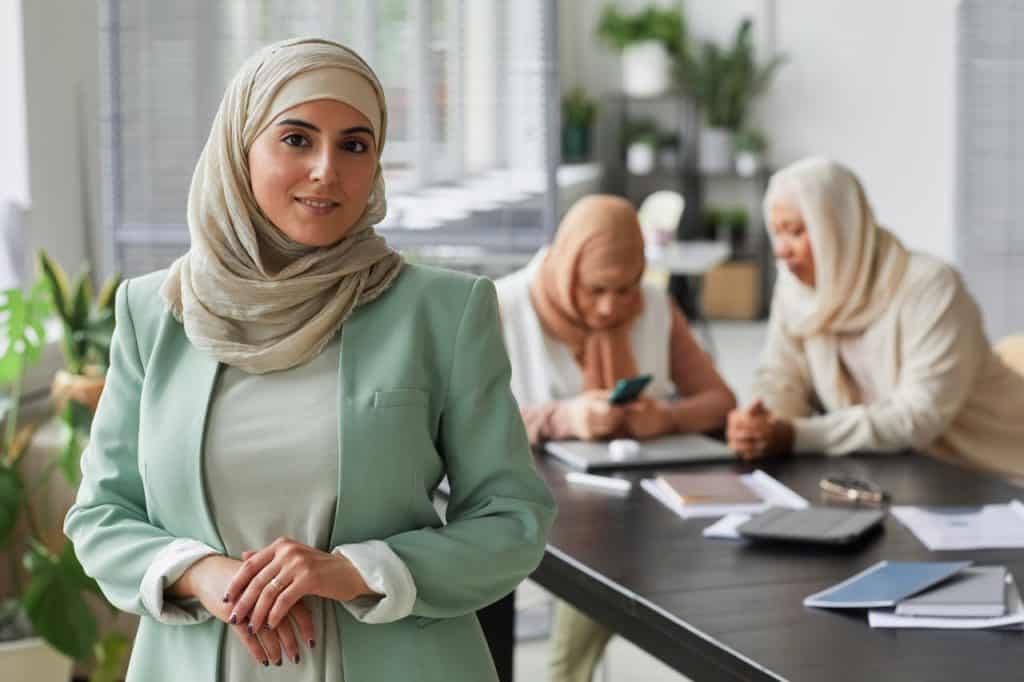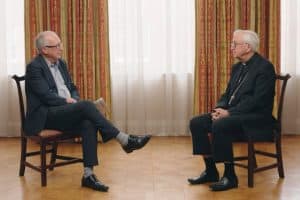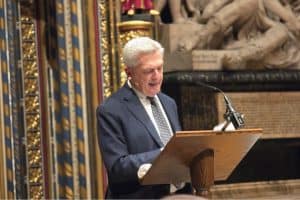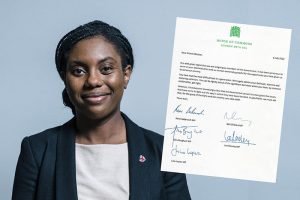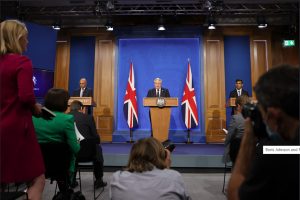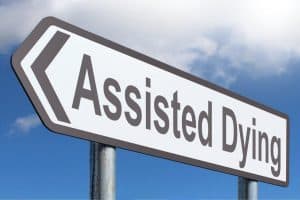By Maira Butt
Confucius once said: “Signs and symbols rule the world not words nor laws.” The hijab, a headscarf worn by Muslim women, is one such symbol: a piece of cloth that means diametrically opposing things depending on who you ask.
It is the centre of cultural debate, domestic and foreign policy decisions, hate crimes, spiritual contentment and political resistance.
While head coverings have been considered a symbol of piety and holiness in almost all large faiths and religious traditions, for Muslim women, it has become a battleground. Perceived as a symbol of submissiveness and oppression, Muslim women are rarely believed when they say: “My body, my choice.”
It is 12 years since World Hijab Day was founded by a Bangladeshi-American woman, Nazma Khan. She had become sick of the scarf being synonymous with being a “terrorist”. She was not being overdramatic.
Just a couple of years before, as a teenager on the Victoria Line in London, I had been subjected to Islamophobic abuse by English Defence League members. I had been wearing the hijab for a couple of days, and had picked a bright red one for the occasion, only to be chanted at by dozens of burly men: “There’ll be no more Muslim bombers on this train, because the RAF will shoot them down.”
Though I no longer wear the head covering, the sheer exhaustion of wearing something that brings so much joy, so much spiritual solace and comfort, so much clarity of identity, only to be subjected to relentless projections, is an issue I can relate to.
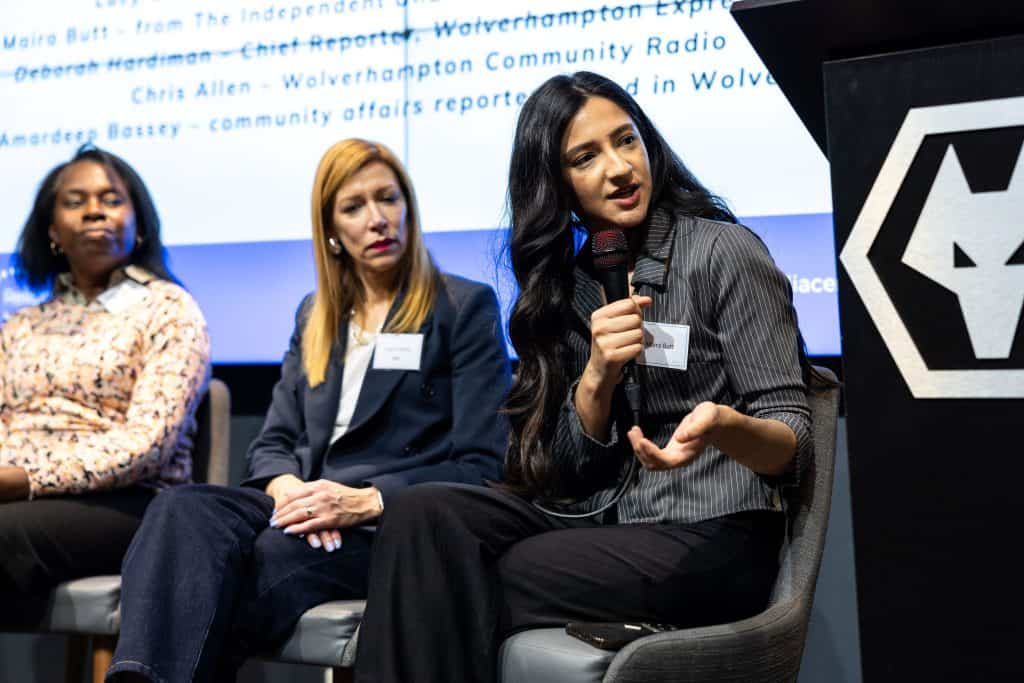
The debate around hijab is often crudely split between one camp that considers it a symbol of oppression and the barbaric covering up of women so as not to be a sexual temptation for men, and one that portrays it as a ceaseless obligation that brings only joy and spiritual ease.
For most Muslim women, the reality is far more complex. Mandated by the Quran, the hijab is a covering that veils the hair and neck. Every Muslim woman who wears (or does not wear) it has a deeply personal journey with it.
For Shahena, 24, an international relations student, a confrontation with death and loss during Covid moved her to decide to wear it.
“I started to wear the hijab after my cat Burberry was put down during Covid,” she told the Religion Media Centre. “I really needed a lifeline. I wasn’t religious at the time and the thought of Burberry being in Paradise … just made Paradise all the more personal for me.”
Shahena says she has been developing her journey with modesty with every passing year. But it has not come without its challenges, most of them because of other people’s perceptions.
“I guess it has stood the test of time when other people are visibly made uncomfortable by it,” she says. “It’s made me make more of an effort to be a comforting force that doesn’t make people feel threatened. I really try to make the first move to say, ‘I am not a threat to you’ in whatever cue I can, from wearing a disarming colourful Turkish scarf to a wide smile.”
This stoic attempt to appear friendly when perceived as a threat can be exhausting, but the good outweighs the bad, Shahena says.
“Lifelines aren’t easy to take off, but I won’t take it off now or in the future,” she says. “I’ve felt the presumptions of others. I was recently faced with applying for a grad scheme at a company where I thought it would be easy to just not be a hijabi, so that I didn’t face prejudice. But I realised others will come to accept me for who I am, and I don’t have to hide such a huge part of my identity.”
While much feminist discourse perceives the hijab as focusing on men, for many women it is about a deeper relationship with Allah. “I like wearing this language of love for God, even if at times my heart wanes in its distance with God,” Shahena says.
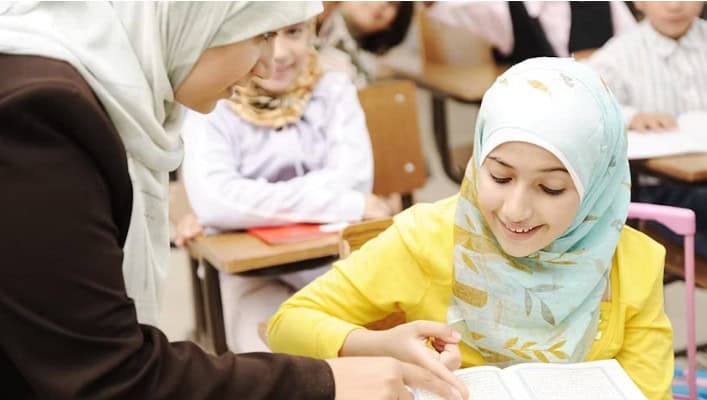
But in many European countries, Muslim coverings have been banned. In tandem with the rise of right-wing and populist governments, countries including France, Austria, Belgium, Denmark and Bulgaria, have implemented national bans on face coverings such as the niqab. France has banned the hijab in schools and Turkey has banned the wearing of the covering in several institutions.
And it’s not easier in majority-Muslim countries. For Sumaiya, 22, a trainee journalist, the journey has been a rollercoaster ride. First wearing the scarf as a Year 7 student in Dubai, she felt the harsh effects of prejudice by students and teachers, which led to her removing the hijab in Year 11. Feeling ostracised, she recalls a teacher remarking that if Isis were to take over the school, she would be offered a cup of tea rather than killed because of her head covering.
“You’re 16, 17, 18, and you want to be liked by everyone, you want to fit in,” says Sumaiya, who was one of only two girls who wore hijab at school. “I remember showing a little bit of neck, then a little bit more hair, and then finally I took it off.”
She found her way back to hijab in the third year of university in November 2023. Involvement in the pro-Palestinian protests led to a closer bond to the Muslim community, solidified by a spiritually renewing experience in Ramadan in March that year.
“I was involved in the student encampments and began getting closer to a lot more Muslim men and women,” she says, explaining she felt a sense of belonging and connection to the Ummah (or Muslim community) through the community organising.
This time around though, she is tempering her enthusiasm, and being flexible with herself. “I started by covering my hair with a turban or bandana, I didn’t want to be too strict with myself,” she says. “I knew I would just end up taking it off.”
She agrees with Shahena, and echoes that her motivation was to embody a closer connection to God. “I was feeling like a part of something,” she says about returning to the hijab. “I was getting closer to God and I felt like it was a respect thing in front of Him.
“As a Muslim you believe you are watched by God at all times, so when you believe that you also think you should have good manners and character and carry yourself in a way that God will be pleased with. As I was talking to God more and praying and feeling more aligned, then it felt like I should respect Him not just in prayers but in my everyday life. I wanted to look and act in a way that was pleasing to Him.”
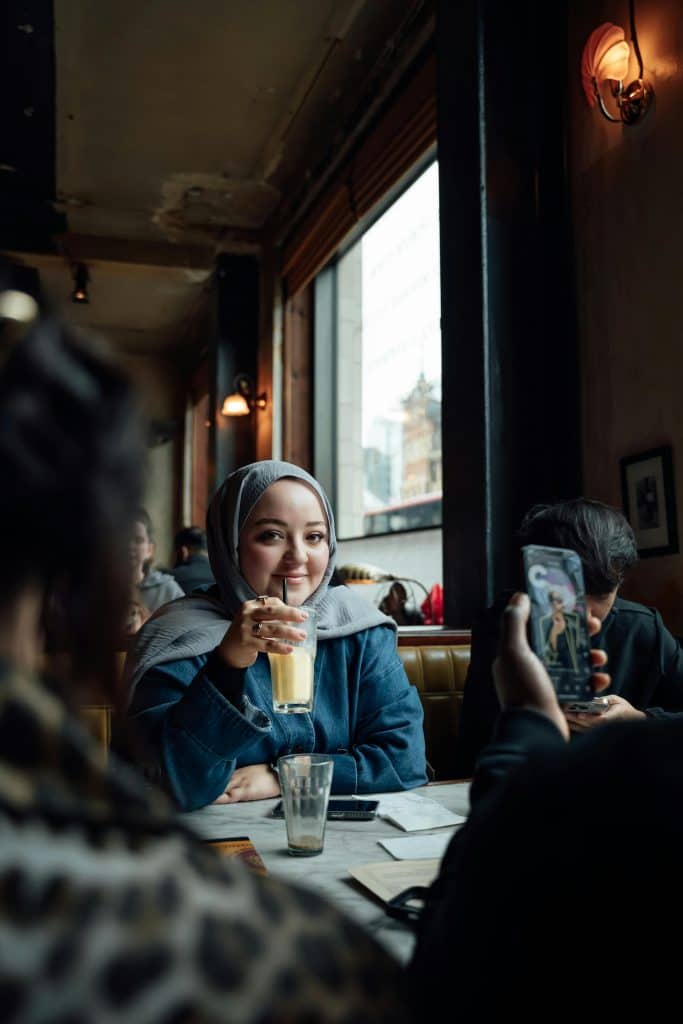
“It’s difficult to find a job as a Muslim woman,” she says. “I get to the final stages and I’m not sure if I don’t get the job because I’m not good or because I wear the hijab.”
Sumaiya knows this has an impact on her employment opportunities, but is adamant to persist with expressing her religious identity. Research indicates that Muslim women may be “othered“ because of their religious dress in workplaces, and face additional barriers to employment compared with other groups. Furthermore, young Muslims face more barriers to social mobility than almost any other group. The so-called “Muslim penalty” is one she feels she has already faced as a new graduate entering the labour market.
She adds: “People think Muslim women may not fit into the workplace culture. People assume I won’t be able to travel. Even Muslim organisations have asked me if I will be able to handle the work emotionally. There’s an assumption I’m weaker or weaker-minded. I wonder if that has to do with the hijab. Workplaces might feel like I cannot assimilate, when I can.”
Despite Islamophobic hate crimes increasing over the last year, Sumaiya says her experience has been more positive in the UK.
“It’s a lot easier to wear the hijab in England, than it is to wear it in Dubai,” she says. “The western expats out there are a lot more racist. I’ve not had as many problems here.
“You lose a bit of your pretty privilege, like as a woman if you forget your train ticket, the train driver will let you off sometimes, but wearing a hijab means you get told off for those things. Like at a café, getting shouted at by a waitress. I will get treated a bit more like a child and get told off now that I wear a hijab.”
But it’s not all doom and gloom. “Amazing things happen all the time when I wear the hijab, I don’t regret putting it on,” she says. “I’ve overwhelmingly had an amazing experience. It’s a symbol of representation. I’m representing other Muslim women who want to go into politics or journalism. It’s a symbol of pushing things forward, and breaking through barriers no matter what.”

